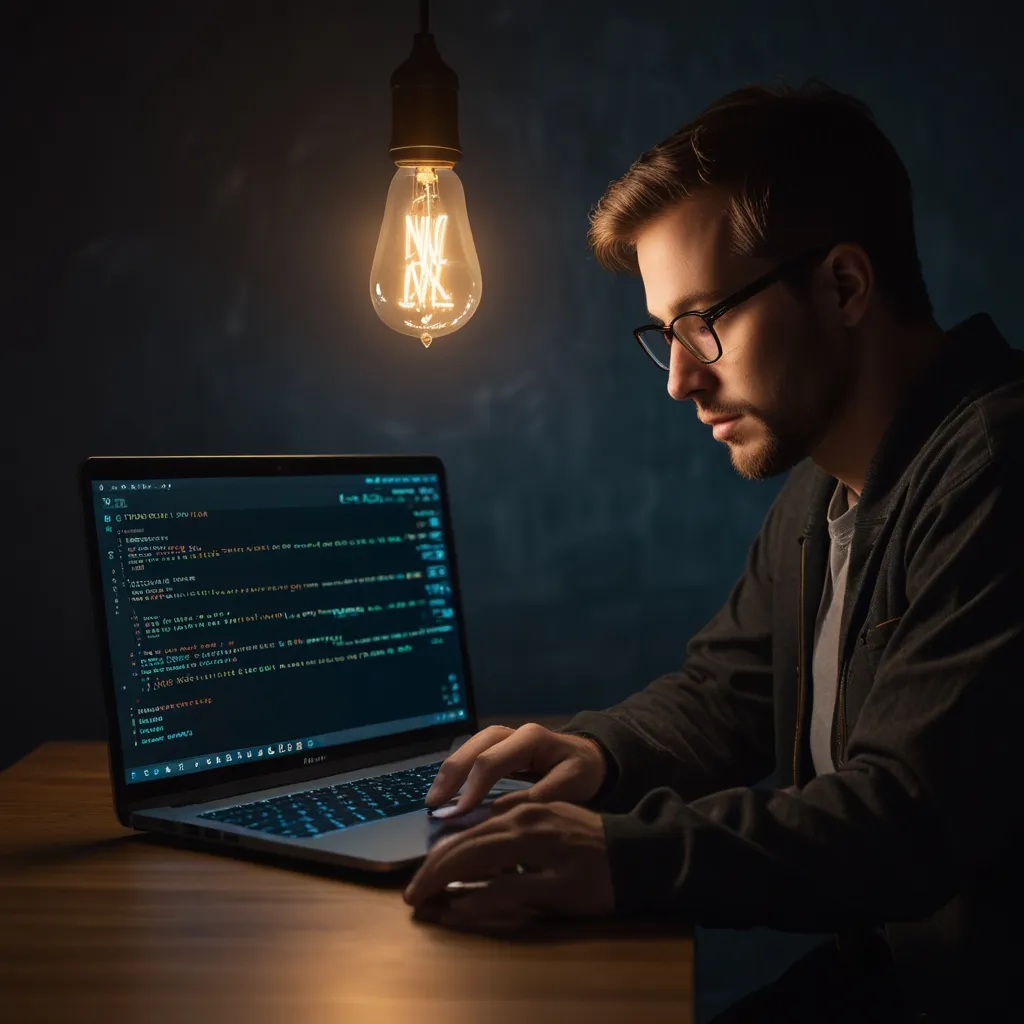Blazor, from the tech giant Microsoft, is shaking up the way we think about building web applications. Imagine crafting interactive web user interfaces using C# instead of the usual JavaScript. Yep, that’s what Blazor brings to the table. This switch is like a golden ticket for .NET developers wanting to dive deep into web app creation without abandoning their beloved C# knowledge.
Picture yourself building a sleek web app without having to juggle between different programming languages. Using Blazor means harnessing C#—a statically typed language with strong typing perks like better code completion and fewer headaches from runtime errors. It’s like navigating a ship with a more precise map. Unlike popular JavaScript frameworks such as Angular or React, Blazor lets you share libraries between the client and server. This alone makes the development labyrinth less daunting.
Kicking things off with Blazor is a breeze. First, you’d want to arm yourself with Visual Studio. This tool is like your trusty hammer and nails for crafting Blazor projects. Visual Studio is equipped with everything from debugging to testing your app—essentially a one-stop-shop. Once you’ve got it installed, creating a new project is as simple as selecting the “Blazor Web App” template. Naming it something cool, like “BlazorApp”, and setting it to “.NET 8.0 (Long Term Support)” will set you on the right track.
The moment your project springs to life, you’ll notice a bunch of files and directories. The Program.cs file is the gateway to your app, where you’ll fiddle with services and middleware. The Components directory will house your app’s core component, App.razor, and handle routing via Routes.razor. Your first steps will likely involve the Pages directory, where example web pages live.
Running your first Blazor application is thrilling. Clicking “Start Debugging” in Visual Studio launches your app in a browser. At this stage, Visual Studio also sorts out a development certificate for HTTPS, ensuring your connections are secure for local development. The excitement peaks when your app loads, showing a simple “Hello, world!” on screen—a sign that you’re on the right track!
Blazor components are like the building blocks, snapping together to create complex user interfaces. Take a basic counter component, for instance. It’s essentially a mix-and-match of HTML and C#:
@page "/counter"
<h1>Counter</h1>
<p>Current count: @currentCount</p>
<button class="btn btn-primary" @onclick="IncrementCount">Click me</button>
@code {
private int currentCount = 0;
private void IncrementCount()
{
currentCount++;
}
}
This snippet offers a quick and dirty introduction to component-based coding. Clicking the button bumps up the counter. That’s it, simplicity at its finest!
Blazor’s magic stretches beyond just creating components. It operates in two main render modes: Server and WebAssembly (WASM). The Server mode runs your app on the server and syncs updates to the client via SignalR. This is ideal for real-time interactions and can be kinder on bandwidth. On the flip side, Blazor WebAssembly runs entirely on the client using WebAssembly. Think of it as having the app run natively in the browser—an excellent choice for offline capabilities.
Don’t think Blazor leaves behind JavaScript completely. It’s a team player. Blazor’s JavaScript interop allows you to blend existing JavaScript libraries and APIs directly into your C# code. Imagine calling a JavaScript alert function straightforwardly from a Blazor component:
@inject IJSRuntime JSRuntime
<button @onclick="CallJavaScript">Call JavaScript</button>
@code {
private async Task CallJavaScript()
{
await JSRuntime.InvokeVoidAsync("alert", "Hello from C#!");
}
}
Injecting IJSRuntime and utilizing it to trigger JavaScript functions makes combining the best of both worlds effortless.
Building forms in Blazor is a breeze, with robust validation baked right in. Here’s a peek at a simple form that ensures users input valid data:
<EditForm Model="@model" OnValidSubmit="@HandleValidSubmit">
<DataAnnotationsValidator />
<ValidationSummary />
<label for="name">Name:</label>
<InputText id="name" @bind-Value="model.Name" />
<ValidationMessage For="@(() => model.Name)" />
<button type="submit">Submit</button>
</EditForm>
@code {
private Model model = new Model();
private void HandleValidSubmit()
{
// Handle valid form submission
}
public class Model
{
[Required]
public string Name { get; set; }
}
}
This snippet elegantly demonstrates form handling using EditForm and DataAnnotationsValidator, ensuring inputs are validated seamlessly.
Blazor shines even brighter by seamlessly integrating with ASP.NET Core’s security features, billing it as a robust tool for setting up authentication and authorization. Adding a layer of protection to your app is straightforward. Here’s a taste of how you might secure content:
@using Microsoft.AspNetCore.Components.WebAssembly.Authentication
<Authorize>
<h1>Hello, @context.User.Identity.Name!</h1>
</Authorize>
@code {
[Inject]
public AuthenticationStateProvider AuthenticationStateProvider { get; set; }
}
Using the Authorize component and injecting AuthenticationStateProvider bolsters your app’s security without pulling teeth.
Blazor is more than a framework; it’s a journey into crafting stunning, interactive web applications using C#. Its strong typing, reusable components, and JavaScript interoperability make it a heavyweight contender for your next project. Whether you’re gearing up to build a straightforward web app or tackling an enterprise-level project, Blazor equips you with the tools to deliver polished, top-tier web experiences.
Diving into Blazor isn’t just about swapping JavaScript for C#. It’s about combining the best parts of both worlds to build robust, maintainable, and scalable apps. With continued support from Microsoft and an ever-growing developer community, Blazor’s trajectory is sky-high. If you’re pondering your next web development project, Blazor is definitely a name to consider.






